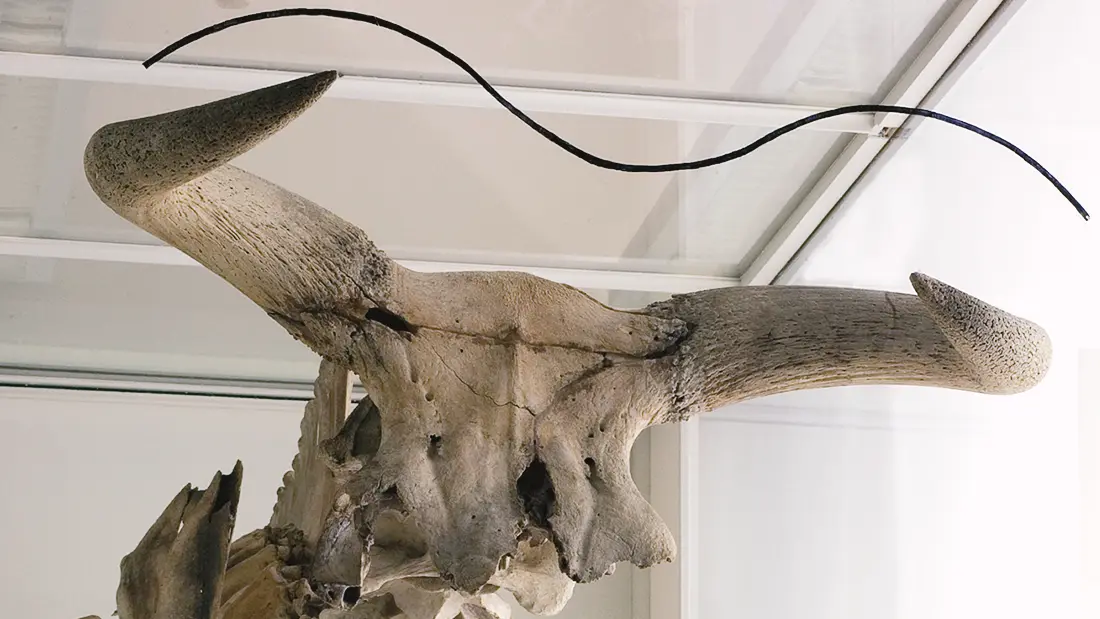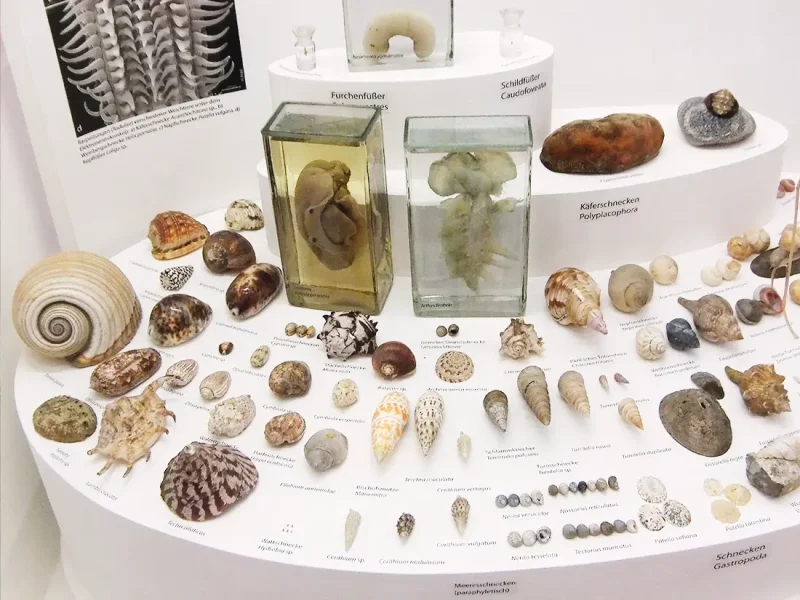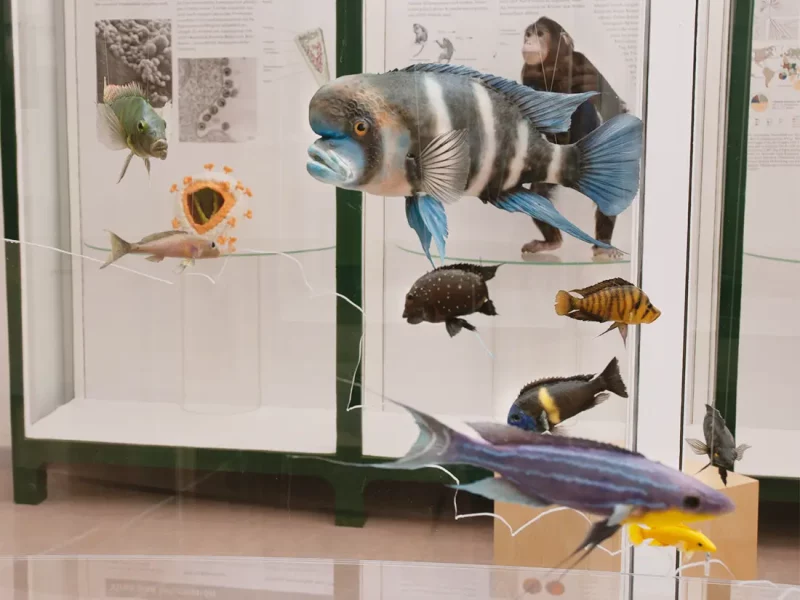Bos primigenius – fossil bull
About This Project
Goethe spent over 40 years studying fossils or »petrifacts«, as he himself called the remains from prehistoric times. On June 1, 1821, Grand Duke Karl August sent him an »ox skeleton from the peat bog near Hassleben«. Goethe considered the »new bone discovery« to be very significant. An essay by Georg Friedrich Jäger about similar finds from Stuttgart, which arrived at the same time, inspired Goethe to make a comparative study. Goethe, who was also in charge of the Jena zoological collections, sent the skeleton to Jena and wrote to Johann Michael Färber, the museum clerk at the time, on July 18, 1821: »Since Serenissimus expects to find the bull skeleton found in the peat pits near Hassleben and transported to Jena on display upon your return, the museum clerk Färber, as well as Dr. Klemm was instructed to set to work without delay, and to do so in such a way that the former would order and prepare whatever carpentry and metalwork might be necessary, and the latter would carve the missing parts without delay, either according to the counterpart if one could be found, or according to the analogy of our domestic animals if both were missing.« The additions made at that time can still be seen today on the foot and wrist.



